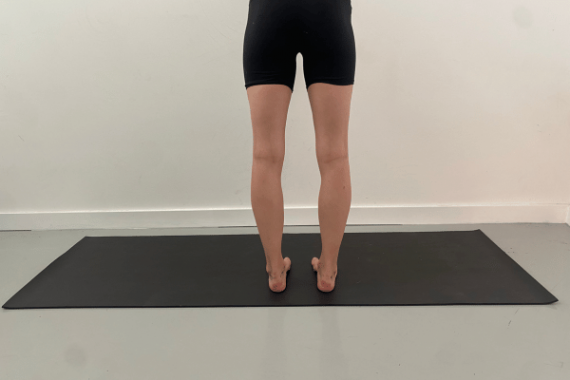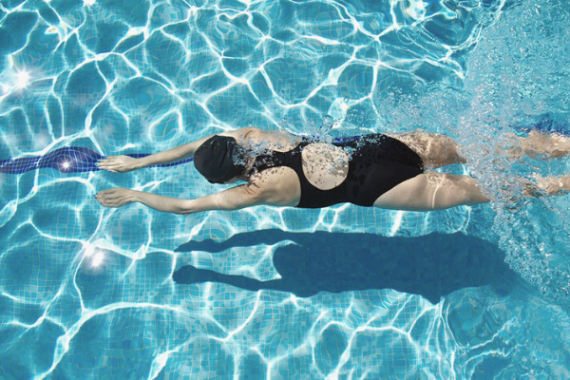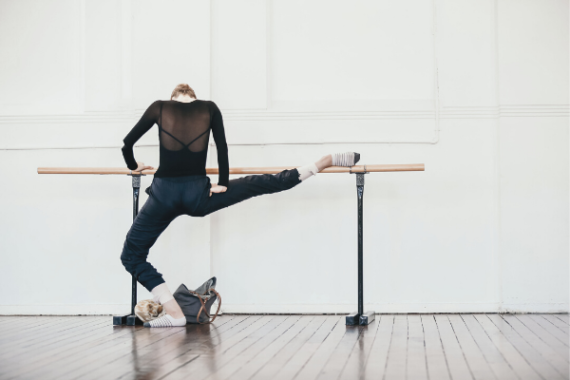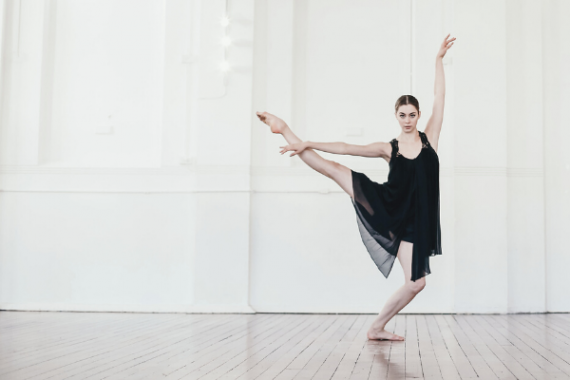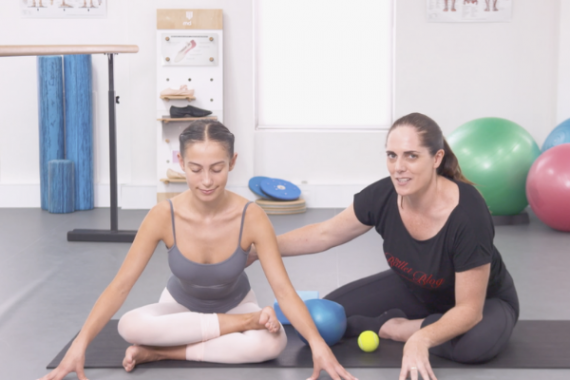- Free Articles
- Shop
- Workshops
- The Dance Educator Series
- L1 – The Fundamentals
- L2 – Pointe Intensive
- L2 – Flexibility Intensive
- L2 – Training Turnout in Tiny Dancers
- L3 – Foot & Ankle Injuries in Dancers – NEW
- L3 – Hip Injuries in Dancers
- L3 – How to Train Extreme Mobility Safely
- Upcoming Workshops
- Workshop FAQ’s
- Workshop Testimonials
- Host Application Form
- Dance Teacher & Health Professional Directory
- Members Areas
- Cart
- My Account
Tips for Turnout - Achieving your Ultimate Range
It seems that everyone is desperately on the hunt for solutions to all of their turnout woes. After a few clients were delighted with finding more rotation after just a little exploration and education, it got me thinking as to how I could share what I teach in the clinic, with all of those who can’t get in to see me.
So I created a little EBook called "Tips For Turnout" explaining all about how to improve your range, train your true turnout muscles and control turnout in high extensions. This is a great way to introduce you to some practical ways to get more range and control in your hips. It's just $9 so that everyone can afford to learn the right way of working their hips.
However, I still wanted to share a few tips here!
So what is the issue with turnout? Why is it such an elusive quality and why are there so many myths about it floating around in the dance world? And perhaps more importantly, how can those of us with less than perfect rotation dance to our hearts desire without constantly irritating our hips?
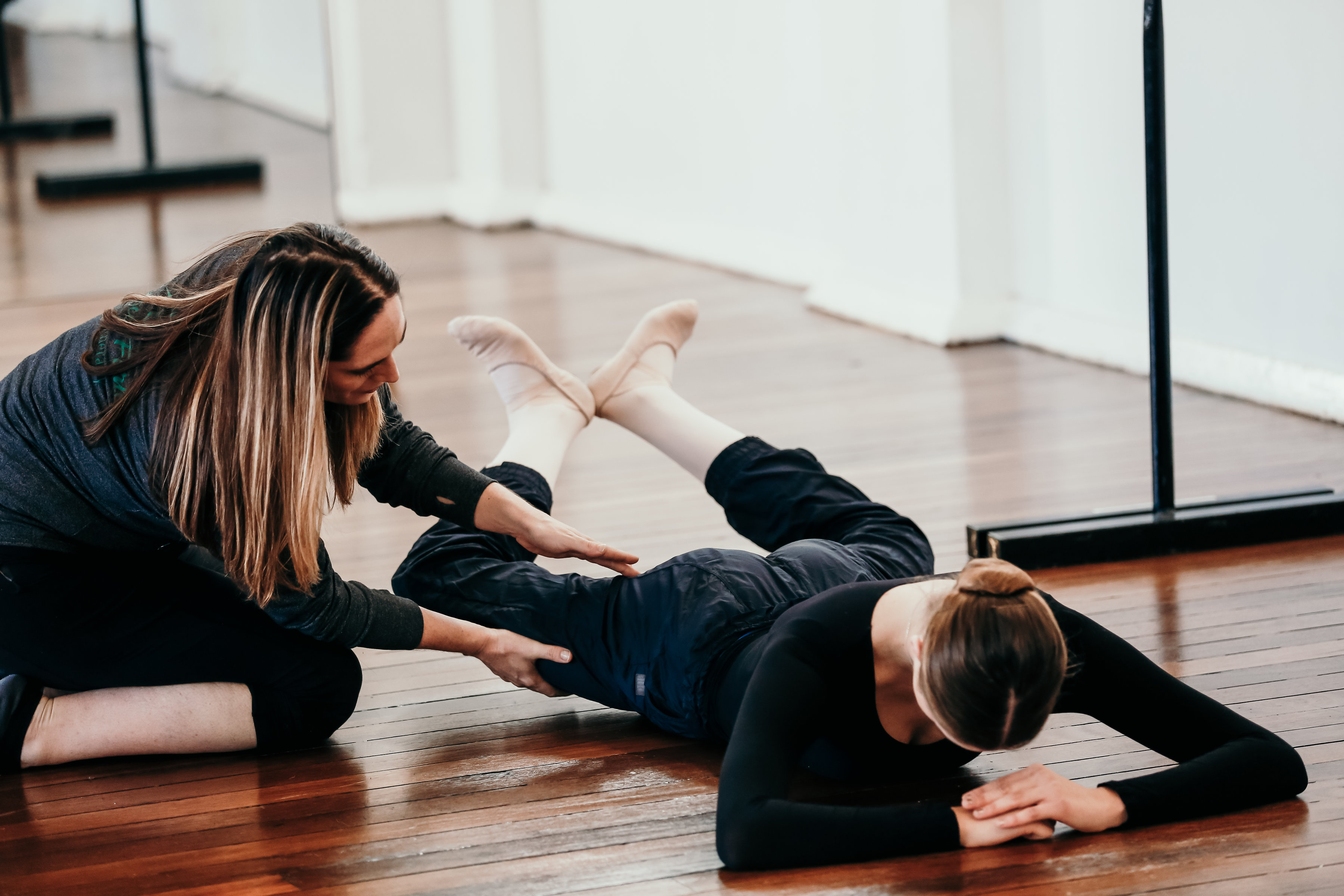
From my point of view, as a physiotherapist who works with dancers every day, there are a few main categories of people who have issues with turnout.
1. The "It-just-doesn't-happen..." people - With these dancers, no matter what stretches they do, their hips just seem to get tighter and tighter. They sit cross-legged and their knees go nowhere near the floor, and a lot of the time any stretches they try to do give them pain in the front of the hips…
2. The "It's-OK-in-some-positions" people - These dancers finds turning out very frustrating... Sometimes it's there and sometimes it's not. They may find it easy to sit in second splits, but struggle to stand in 5th position. Or they can hold it in 5th yet not in a developpé devant...
3. The "It-just-hurts-to-go-there..." people - This group may have good range, but whenever they try to train their hips, they seem to get more sore, especially in the front of the hips…
4. The “I-just-need-to-crack-them-first” people -This group will have a religious warm up that involves popping the hips either to the front or back to ‘release’ them before they can work in turnout. This may appear to work well for a while but it has diminishing returns… Often after a few months or years, they need to pop them more often, and may find that the pops are not quite as effective as they once were, or may find that the frequently popped area may start getting sore due to being repeatedly overstretched.
5. The "I've-got-so-much-I-don't-know-what-to-do-with-it" people - These dancers can also get very frustrated, as they are constantly told that they have great turnout, and can stretch into all kinds of wonderful positions, however they really struggle to show it when they are dancing, and often get told that they are just not trying.
So what is the solution? Do we all just give up and leave dancing to the ones who have ‘natural turnout’ and great control? Somehow I don’t think that that is an option for all of the millions of us who love to dance despite not having the most open hips! Instead we must discover a way to train each individual’s hips specifically, and to train dance teachers to be able to identify different types of hips early, allowing correct training of all students.
In this article we will be focussing on the first 2 groups of people described above and on ways that you can improve your turnout range safely.
The first thing we need to understand is the basic bony structure that gives our hips their stability. Most people know that the hip is a ball-and-socket joint, but they don’t realise just how different everyone’s’ ball-and-socket joints are. Some people have very deep stable sockets, some are more forward facing and some are more out to the side. Naturally open hips often have a shallow socket that faces more out to the side, but not always.
The biggest problem is that most of us ‘accept’ that our range is blocked by the bones when this is actually not the case. I had a massive rude awakening to just how much I had unconsciously accepted the fate of my not-so-flexible hips when at the ripe old age of 29 I had a massage that released lots of old, deep tension in my hips, giving me more range than I had at 16! This opened my mind to the possibilities for many other dancers, and lead to the development of a program to teach dancer how to open out their hips safely. (For more information on the Training Turnout Program CLICK HERE)
Step One: Become Aware of the Exact Point of Restriction.
Many people blame the bony structure of their hips for a lack in turnout, but actually feel the block on muscular structures around the hips. When you go into a frog stretch, a grande plié, second splits or are standing in 5th, close your eyes and see if you can really feel what is actually stopping you from going further. Is it the front of the hips (TFL?), inside the hip (Iliacus or Psoas Major?), the inside thighs (Adductors and Pectineus), the sides of the hips (Gluteus Medius and Minimus?), the back of the hip (Hip Capsule or SIJ?), or perhaps even in your low back (Lumbosacral Junction).If you have access to a local Physiotherapist or Osteopath (preferably someone who works with dancers) they should be able to assess your hips in details to work out where the blockage is. Alternatively you can check up on anatomical diagrams online to identify possible structures that may be blocking your turnout.
Step Two: Release.
Now you may think that you have tried everything to open out your hips, but often the solution to your restriction is in the opposite direction to the goal when it comes to turnout. Once you have found the point of restriction that is blocking your range, the focus should be on releasing that structure, not necessarily into turnout. However once it has let go a little, you will find that it ‘allows’ more turnout in the positions that you need it. There are lots of ways to specifically release the muscles that are restricting your mobility in the Tips For Turnout document and even more detail in our Training Turnout Manual.
For restriction in the sides of the hips – Try the ‘Fire Log Pose’ to gently stretch out Gluteus Medius
- Sit on a yoga mat with the legs out in front, as if to sit cross-legged
- Bring the heel of your right foot to sit on top of your left knee
- Try to make your shin bones parallel with each other
- Lean back on your hands and allow the knees to drop out to the sides
- If the hips are very tight in this position, use pillows under your knees initially to allow the hips to relax in a supported position
- Slowly start to lean forward from the hips (keeping the spine straight) to increase the stretch
- Breathe into any feelings of restriction, and focus on consciously relaxing the points of tension in your hips, for no longer than 30 seconds
To watch the video of Lisa teaching this in detail CLICK HERE.
For restriction further into the back of the hips - try the 'Yogi Sit' stretch for a deep stretch in Piriformis.
This is especially good if you find it hard to hold your turnout in devant. Please note - this should not cause pain in the front of the hips or your knees. Please do not hold for longer than 30 seconds or if you feel any pain in the front of the hips.
- Sit on a yoga mat as before, but cross the legs so that the knees line up on top of each other
- Lean back on the hands to settle in to the position before slowly leaning forward from the hips
- Focus on keeping the spine long from tailbone to crown and consciously releasing, rather than pushing into the stretch
To watch the video of Lisa teaching this in detail CLICK HERE.
Step Three - Train the correct muscles
This exercise is wonderful for finding the deepest external rotators of the thigh bone, in the position that you will need them when in standing. It is perfect for including in a rehab program for foot and ankle injuries, but is also wonderful for your regular dance conditioning. Try doing this exercise before class to help you have more natural activation of your turnout muscles in class.
Have the top leg supported with a cushion, and make sure the spine stays in neutral. Focus on isolated rotation of the thigh bone in the socket to take the foot towards the ceiling. This may be done with assistance initially, with a partner lifting the leg into position, and then the dancer attempting to control the lowering. Make sure to keep the hip flexors and outer gluteals relaxed.
This exercise is from our Floor Barre program called "Will I ever dance again?".
Step Four: Work out why the muscles are so tight!
Any tension that is being held in your body is there for a reason, and the true ‘cure’ for improving your turnout range often lies a little deeper. Chronic tension can happen for many reasons. Most often a lack of deep, spontaneous, natural core control is the reason why other structures around the hip are working overtime in an attempt to stabilise, so if your hips are always tight, make sure to explore all of our content on Core Stability as well.
Chronic tension can also be due to:
- Chronic emotional stress
- Anxiety
- Trying too hard
- Compensation for other weaknesses
- Faulty technique etc..
Working with a therapist who understands dance technique can be extremely helpful in uncovering how each of these elements are affecting you. Once you can identify why chronic tension is building in the first place, you will be armed with a completely new strategy to improve your turnout range.
Turnout Resources
If you are looking to delve deeper into this topic, check out the following programs:
Tips for Turnout: This ‘Tips for Turnout Guide’ is a great starting point for anyone wanting to learn more about how to maximise turnout safely, and is the first resource in our Training Turnout Series. It gives you tips on improving your range, developing control of your standing leg and specific ways to increase the height of your développé devant.
Training Turnout: Deepen your exploration of the anatomy of the dancers’ hip with this unique Training Turnout eBook. As the second resource in our Training Turnout series this program is a great follow on from our Tips for Turnout Program. Learn how to assess and understand the structure of your own hips, strengthen standing leg turnout and turnout en fondu as well as develop extraordinary control in your adage.
Training Turnout in Tiny Dancers: If you are a dance teacher, this is the perfect continued education course for you. In this systematic and comprehensive approach to training turnout in tiny dancers, Lisa and Beverly provide dance teachers with direct techniques to use in class to safely develop optimal range and control of motion in all dance students. This program begins by establishing strength and control in parallel, before adding on the control of rotation, which is hugely important in the long term health of dancers’ hips. Using elements of fun and creative play to bring scientific and detailed training programs into dance schools is a unique and effective way to help thousands of young students worldwide.
Level One Dance Teacher and Therapist Training: This unique course covers a multitude of assessment and treatment techniques to individualise a dancer's training. With special focusses on Postural Control, Core Stability, Flexibility, Basic Classical Technique, The Dancers Hip, Allegro, Spinal Mobility and Arabesques, it is suitable for anyone working closely with dancers.
Anatomy Posters: These A3 posters are a great addition to the studio, to make it easy for teachers to explain the anatomy behind the movement to dance students. With clear anatomical images and descriptions of how each muscle works in a dancer, they are an essential tool for training intelligent dancers.




